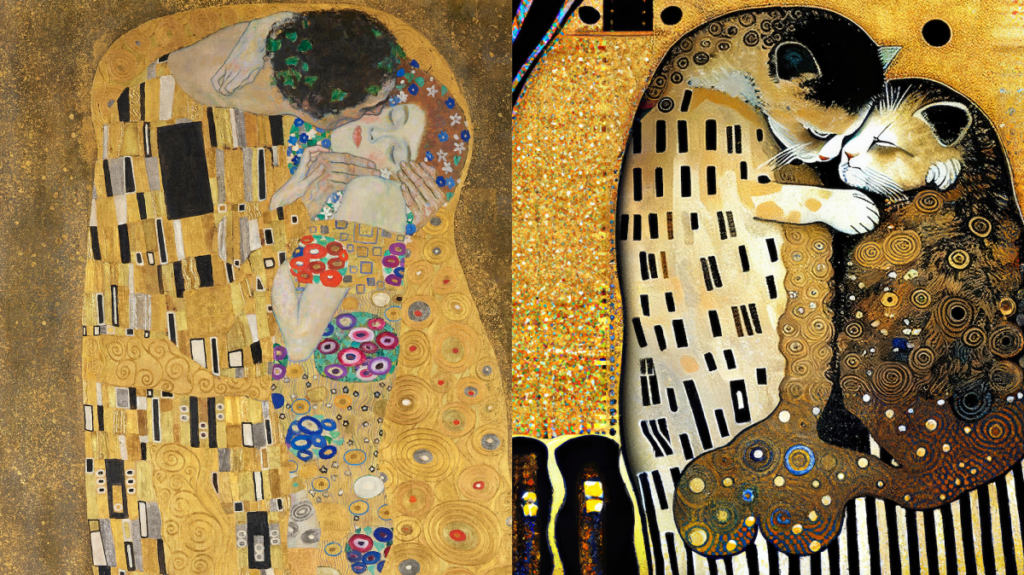Vienna is using artificial intelligence (AI) as a method of attracting citizens to visit its museums. The Vienna Tourist Board uses AI to create replicas of classic Austrian works of art, replacing their protagonists with cats. The UnArtificial Art campaign features the fluffy adorable creatures in a series of famous works, such as Gustav Klimt’s The Kiss, to give a humorous twist to some of the most well-known works of art found in the city’s museums. The campaign aims to encourage tourists to visit the Austrian capital and see the original works of art behind AI in its over 100 museums.

Behind AI art
“The campaign aims to show that AI art is only possible because an algorithm uses as a reference real works made by real people, and the prototypes can only be seen in Vienna. The stream of Viennese modernism that revolutionized the art world over a century ago continues to be alive and influencing art today through algorithms that direct AI creations,” said Norbert Kettner, CEO of the Vienna Tourist Board.
“Sorry…, but these days people can’t get enough of cats. And artificial intelligence tools like DALL-E and Midjourney now allow users to place them in virtually any environment imaginable, within seconds. But where exactly does artificial intelligence get its creativity from? Artificial intelligence extracts data from vast archives of existing artworks before replicating their form and content. So, it could be said that it was era-defining artists like Klimt (a big cat fan, by the way) and Schiele who made AI artworks possible in the first place. So even after death, they can teach artificial intelligence a thing or two,” reads the Tourist Board website presenting the AI campaign.
“There are more than 100 museums to discover in Vienna. While cats are (unfortunately) not allowed, you can still see the original works behind the art of artificial intelligence in the real world,” the Tourist Board’s campaign points out.
The History of Viennese Art
Alongside this light-hearted side of the campaign, the Vienna Tourist Board chose art historian Markus Hübl to educate about Viennese art and delve into the crossroads of AI art and art history in a short film. Hübl takes visitors to the Upper Belvedere, the Kunsthistorisches Museum, and the Leopold Museum. He analyzes some of the world’s most famous artworks and AI pictures with cats inspired by those masterpieces.
Hübl explains the meaning behind Gustav Klimt’s The Kiss in the Belvedere Museum. “A man and a woman at the top of a little part of the rock. These very strict hard forms symbolize the male system and the very soft circles symbolize the female system,” he says, and then he turns his attention towards the AI version of this iconic artwork.
“Cats are an ambiguous symbol. On the one hand for wildness. On the other hand, most of them are castrated and live in our flats. We are searching for both phenomena: softness and sweetness, and untamed wildness. Aren’t those both not driving forces for creativity and art? What a metaphor,” he jokes.
The campaign comes when programs like DALL-E and MidJourney face criticism from artists for potential plagiarism and stolen intellectual property. The Vienna Tourist Board, however, chooses this method to show that modern art can coexist with controversial technology and utilize it to its advantage.



